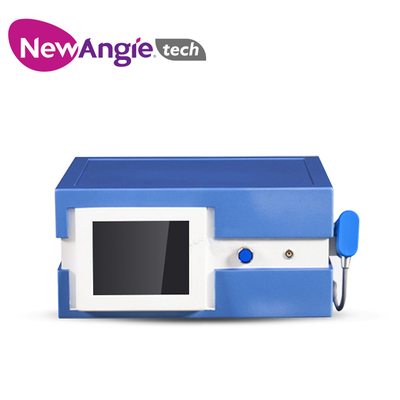

This is known as the “gate control mechanism.” Over time, those nerves will send signals less frequently, leading to a reduction in pain. The wave will also stimulate the nerves in the area, overriding the pain signals that they are sending to your brain. Over the course of several treatments, these vibrations help to break down scar tissue and increase blood flow. The short, strong wave generated by the acoustic compression device causes tiny vibrations in surrounding cells. The intensity of this wave can be adjusted and tailored to the patient’s needs. The sound waves used in acoustic compression therapy are 1000x more concentrated than those used in ultrasounds. Both procedures utilize sound waves, but the physics are different. You may have heard ACT described as being the same as an ultrasound. Scientists began researching this phenomenon and found that focused sound waves could be used to treat injuries and pain effectively. Many patients reported that pain in areas not related to their kidneys was reduced or cured after this treatment. How Does Acoustic Compression Therapy Work?ĪCT was first discovered in the early ’90s when doctors were using focused sound waves to break up kidney stones. This article will give you all the information you need to determine if ACT is the right treatment for you. Many people are skeptical when they hear that a completely non-invasive, drug-free procedure can permanently reduce their pain. If you have recently been injured or if you suffer from chronic pain, you may have heard of Acoustic Compression Therapy (ACT).


 0 kommentar(er)
0 kommentar(er)
